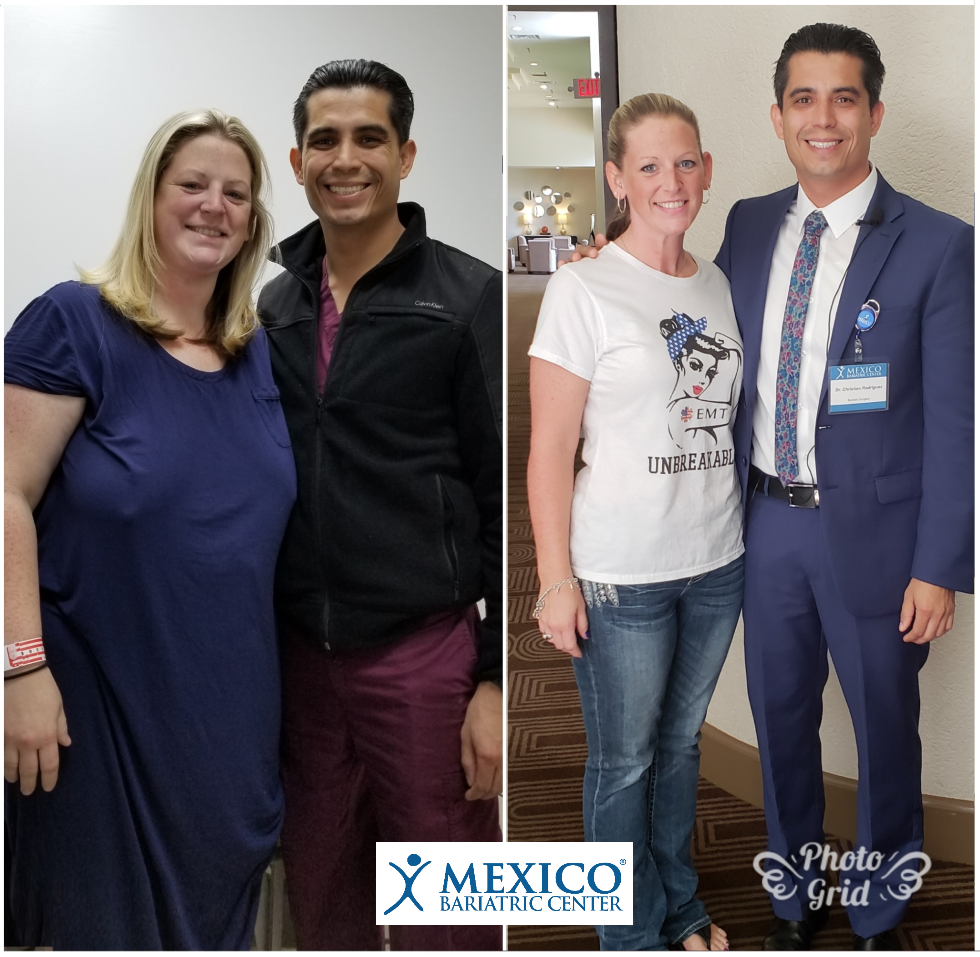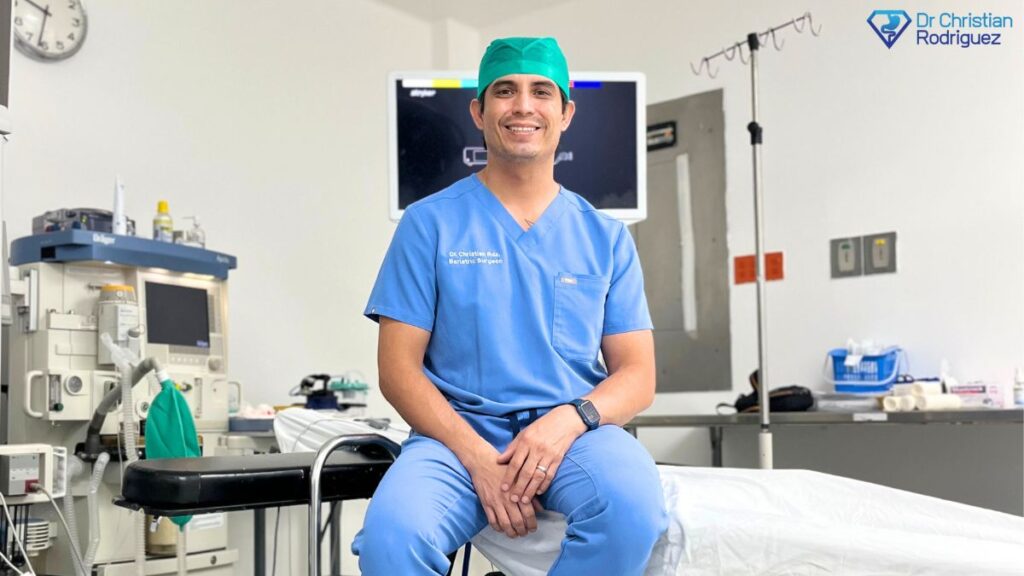Gastric Sleeve, also known as Vertical Sleeve Gastrectomy (VSG), is the most prominent bariatric surgery. Gastric sleeve surgery has become the top-performing procedure in Mexico as well as the United States and Canada.
VSG creates restriction and causes hormonal changes that reset the body’s metabolic system. Patients consume fewer calories as the sleeve limits their food intake.
What is a Gastric Sleeve

Gastric sleeve surgery works by removing the stomach by 85%, then stapling the stomach in the “sleeve” shape. This smaller stomach size forces the patient to consume less food while feeling satisfied and content. Typically, patients will only be able to consume roughly 400 calories in a sitting and roughly 800 to 1000 calories per day. This significant reduction is the modus operandi of the gastric sleeve.
How Gastric Sleeve Surgery Works
This surgery involves the stomach exclusively. The stomach is the part of our digestive system where all the food we consume begins to mix for digestion. In this surgery, up to 80% of the stomach is removed laparoscopically. Once you have a much smaller new stomach, it will help you feel full by eating the amount of food your body needs, which will help you lose weight.
Why You Lose Weight
Gastric sleeve surgery is known as a “mix” procedure because of the reduction of Ghrelin production. Ghrelin is a hormone that induces hunger in patients and is produced in the stomach. Researchers have found that when a large portion of the stomach is removed, the production of Ghrelin is also reduced, which liberates patients from the nagging feelings of hunger.
Laparoscopic sleeve gastrectomy (LSG) affects the release of the gut hormones: ghrelin, pancreatic polypeptide (PP), peptide-YY (PYY), glucagon-like peptide-1 (GLP-1), and amylin and of the adipocytokine leptin.

See more patient photos here!
Advantages of Gastric Sleeve
- No Malabsorption
- No Digestive Track Changes
- No Foreign Body
- High Expected Weight Loss
- Easily Revisable with multiple revision options
Bougie Size and Equipment
Dr. Rodriguez Lopez uses a bougie size of 36F, which translates to a diameter of .45 inches. The bougie is a long, narrow tube inserted through the patient’s mouth as a guide for the “new stomach sleeve” to be cut and stapled.
- Dr. Rodriguez uses Covidien staplers and staples to perform gastric sleeve surgery.
- Sews over the staple lines with Prolene sutures.
Learn more about undergoing gastric sleeve in Mexico
Gastric Sleeve in Mexico
Starting at $4,395

Undergoing the gastric sleeve in Mexico can save patients thousands of dollars and months of waiting. Many patients in Canada face daunting waiting times, but in Mexico, patients can book within a few weeks. Going to Tijuana, Mexico, has many perks.
- Affordable Cost: Tijuana, Mexico, offers bariatric surgery at a significantly lower cost compared to many other countries, including the United States. This cost advantage makes it an attractive option for those seeking high-quality medical procedures at a fraction of the price.
- Experienced Surgeons: Tijuana is home to numerous experienced bariatric surgeons who have performed a substantial number of successful surgeries. Many of these surgeons have received training and education from reputable medical institutions, ensuring a high standard of care.
- State-of-the-Art Facilities: Tijuana has modern, well-equipped hospitals and surgical centers that meet international standards. These facilities are equipped with the latest technology and medical equipment, ensuring a safe and efficient surgical experience.
- Short Waiting Times: Compared to other countries, Tijuana generally offers shorter waiting times for bariatric surgeries. This means you can schedule your procedure sooner, reducing the time spent waiting for treatment.
- Accessible Location: Tijuana is conveniently located near the United States border, making it easily accessible for American patients. It allows for convenient travel arrangements, reducing travel time and expenses.
- Multilingual Staff: Many medical professionals and staff members in Tijuana are fluent in English, ensuring effective communication and eliminating potential language barriers. This can provide a sense of comfort and reassurance for international patients.
- Accommodation Options: Tijuana offers a wide range of accommodation options, including hotels and recovery centers, catering specifically to medical tourists. These establishments are often conveniently located near hospitals and provide a comfortable environment for post-surgery recovery.

HW: 249 SW: 232 CW: 171
Before pic size 24 jeans, Present pic size 12 jeans!
Thank you, MBC and Dr. Rodriguez, for saving/changing my life!
Sleeve vs. Bypass
VSG is less invasive than RNY gastric bypass without the malabsorption component. However, it results in similar weight reduction and remedies the comorbidities as bypass.
That is why gastric sleeve has become more prominent and is a greater choice among patients dealing with obesity and its related diseases.
- Offers similar weight reduction and comorbidity resolution
- Shorter hospital stay and recovery period compared to gastric bypass
- Does not involve rerouting the intestines or creating new connections
- Lower risk of complications related to intestinal rearrangement
- Fewer dietary restrictions and lower risk of nutritional deficiencies
- Potential for revision or conversion
- Suitable for patients with complex medical histories or previous abdominal surgeries

